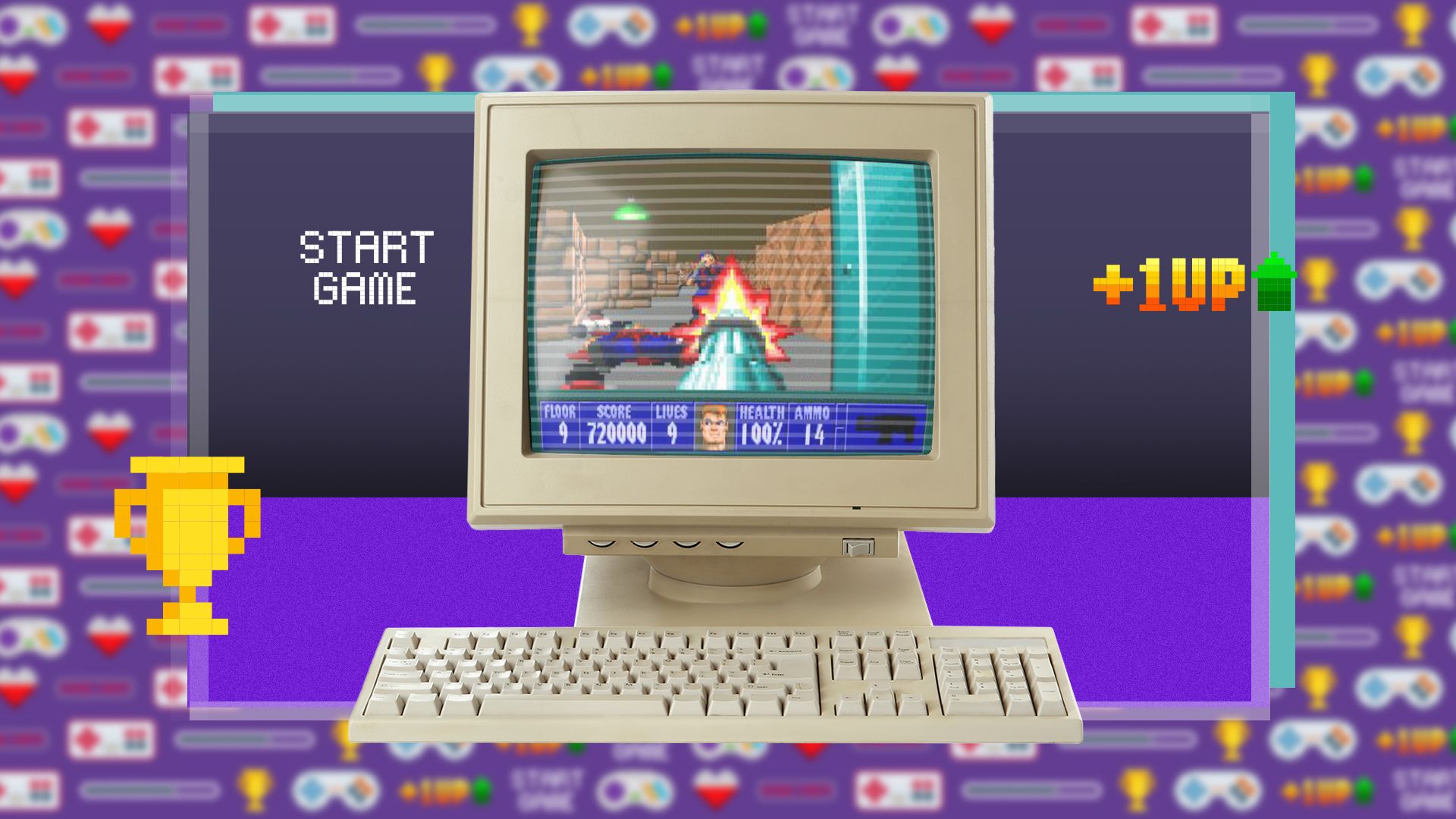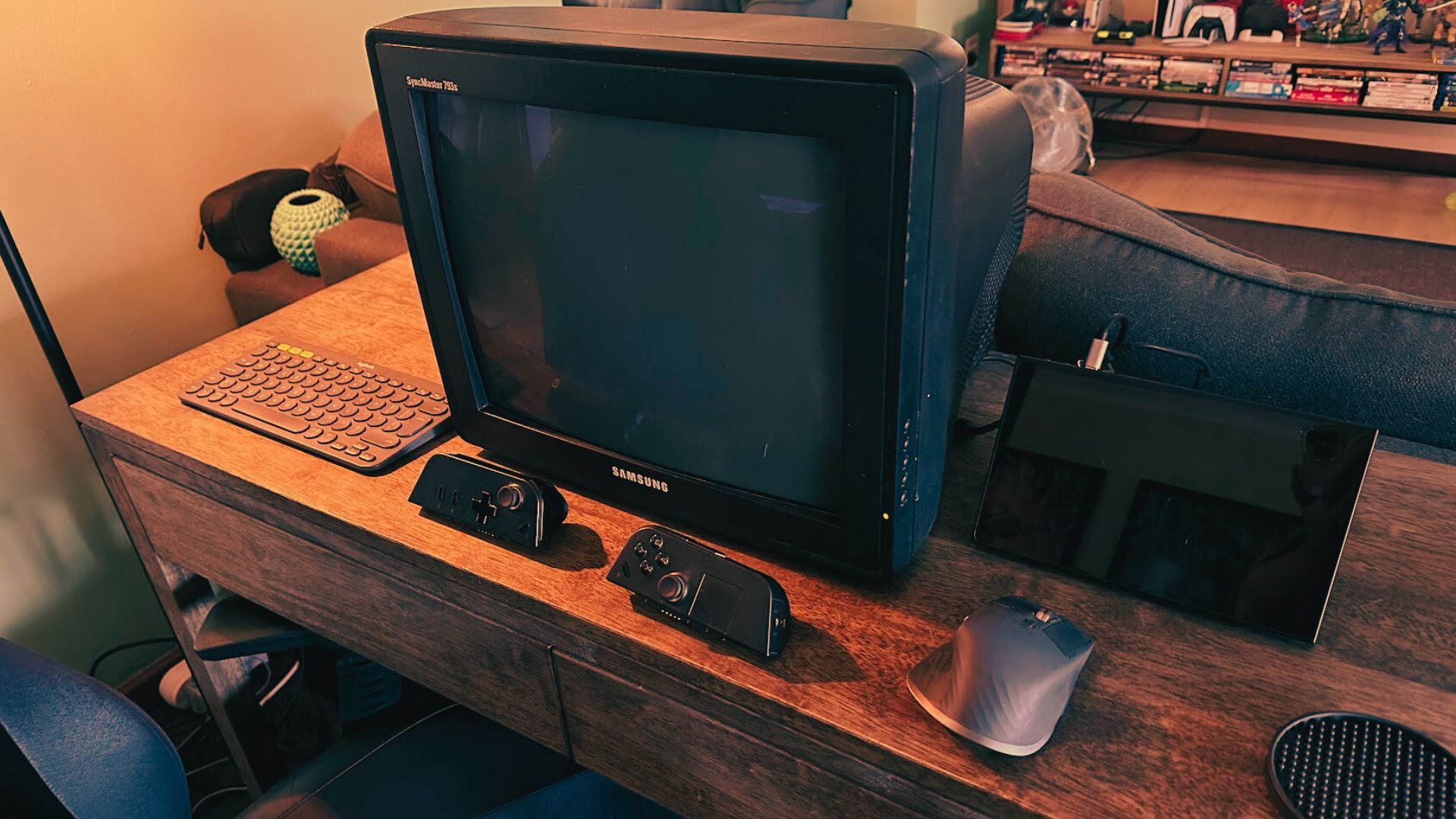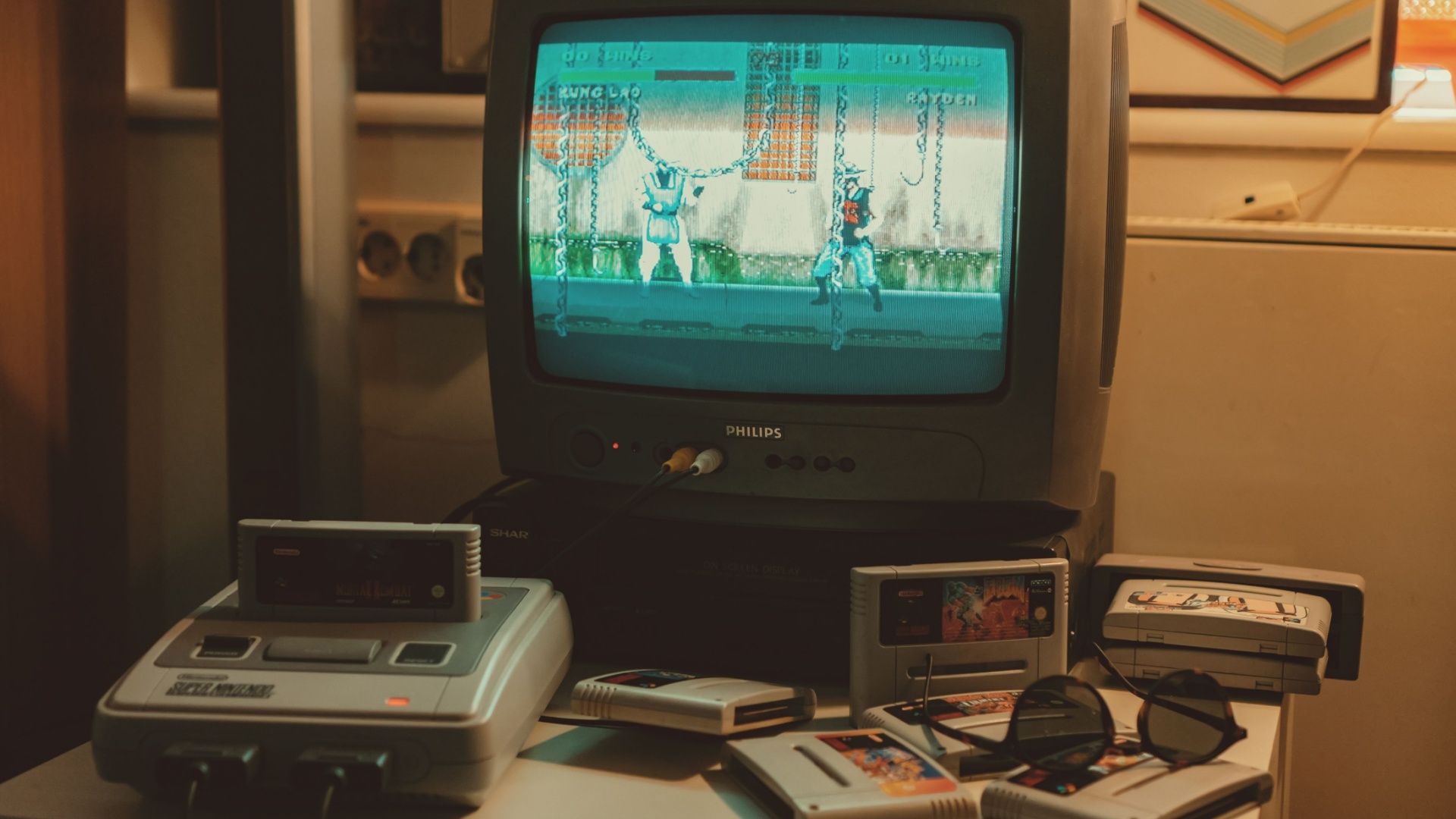Summary
- Sony’s smallest CRT TV is the 3.7-inch WatchCube KVX-370, with features like built-in antenna & composite video input.
- The WatchCube uses an Indextron, a single-electron-gun technology with phosphor stripes, creating color images without shadow masks.
- The rare WatchCube is expensive, costing over $1000 on eBay due to its unique feature as an engineering marvel in miniaturized technology.
Every geek has a list of gadgets that, if you had the money and opportunity, you’d buy in a heartbeat. The Sony GDM-FW900 CRT monitor is one of mine, but at the other end of the spectrum is the teeny-tiny Sony WatchCube KVX-370.
This is a Sony “Indextron” which I’ll explain in more detail below, but the most amazing thing about this tiny CRT TV is the 3.7-inch full-color screen. It feels like the future, from the perspective of the past.

Related
Meet Sony’s Smallest Color CRT
As far as I can tell, this is the smallest color CRT screen that Sony has ever made, although not the smallest color CRT ever. That would be the Panasonic Travelvision CT-101, which I certainly wouldn’t mind owning just for the heck of it, but unlike the Sony, I’d never actually use it.
Apparently there’s a Hitachi beam index TV that was officially larger than the CT-101, but in reality was slightly smaller.
No, the WatchCube KVX-370 has a 4-inch tube (measured diagonally) with 3.7 inches of that making up the picture. This TV was meant to be used at the bedside, which is why it has an included alarm clock function, but obviously you could use it just about anywhere, like on a desk or a bathroom if you are really feeling adventurous.
In terms of features, this is pretty much as fully featured as any typical TV set from 1989. You have a built-in antenna, but you can connect an external RF antenna, and there’s a single composite video input. So if you had your NES or a VCR, that would work too!
The Engineering Is Out of This World
What makes this TV so amazing is how it works. It’s called an Indextron because it uses beam index technology to create the color image on the screen. This technology started development in the 1950s under Philco, but Sony began its own experimentation in 1981 with a 30-inch prototype tube.
With the beam index design used in the WatchCube, the CRT only has a single electron gun, instead of three as you’d find in a traditional color CRT. There’s no shadow mask, or Trinitron-style aperture grill. Instead, the back of the screen is coated with phosphor stripes. The stripes are arranged in groups of three, each representing red, blue, and green.
A special detector is placed on the back of the tube, which can tell the TV’s electronics exactly where the beam is at any given moment because the beam also activates an indexing stripe. The electron beam is then modulated to activate the phosphor stripes, with the correct intensity, creating a color image.

Related
How an Old CRT Monitor Turned My Handheld PC Into the Perfect Retro PC Gaming System
The answer was retro-futuristic.
They Are Rare and Expensive
When I found out about the existence of the KVX-370, I was pretty excited—until I saw what they cost! It’s pretty normal for these to go on sites like eBay for well over $1000, and they don’t necessarily have to be in working condition either.
It seems Sony never really made too many of these, and it was definitely a niche product. Even worse, if you do happen to find one, even if it’s working, there’s a good chance that all of its capacitors will have to be replaced by modern ones. Although they were high-grade for the time, it’s been almost 45 years and most likely they’re leaking.
I Can Think of So Many Things I’d Do With an Indextron
To be 100% clear, the Indextron doesn’t have the best image quality in the world, and it only has half the horizontal line resolution of a regular-sized TV. Of course, since the TV itself is so small, this isn’t a big deal, but I definitely don’t want one for any sort of audio-visual quality reasons.
No, instead, I just think it’s extremely cool to see the peak of a technology’s miniaturization. These days we think nothing of extremely high-quality, tiny color displays measuring an inch across. They’re in our VR headsets, smartwatches, tiny handheld consoles, and anywhere else someone feels like squeezing them in. In 1989? This is engineering black magic. While small monochrome TVs were a dime a dozen, color sets of this size were tough and required several ingenious ideas to work.
If I had one, I’d absolutely have it set up permanently on my desk, or use it as intended as a bedside TV and alarm clock. It’s cool, it’s adorable, and, honestly, it’s museum-worthy.






